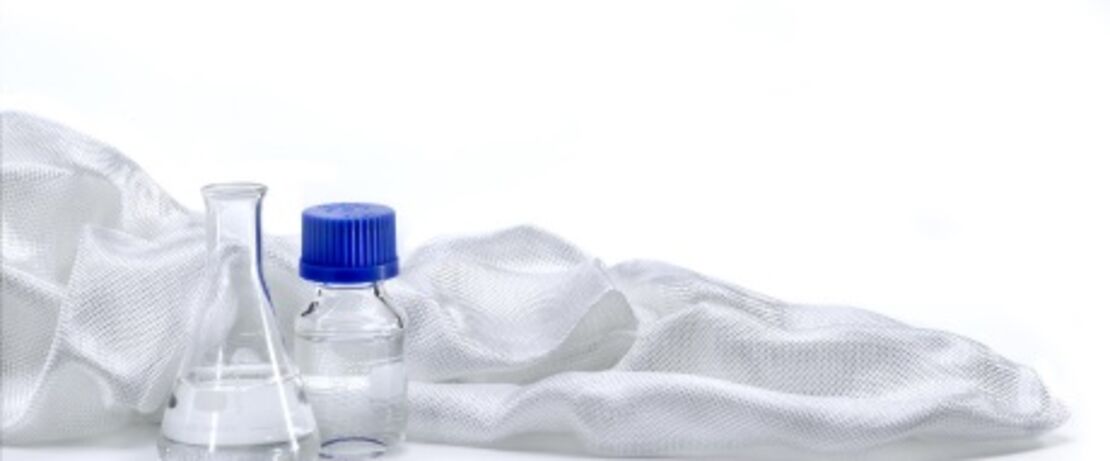
Fiberglass Fabrics
Corrosion-resistant, lightweight and versatile in their range of applications
Fiberglass fabrics are used in a wide variety of applications thanks to their outstanding mechanical and chemical properties. As such, this high-quality material is used in automobiles, boats and many sporting goods. To ensure that the fabrics meet the demands placed on them, the right silane or silane mixture must be used during production.
Glass fiber composites have proven themselves in many industrial applications. Composites take the best properties of both materials and combine them: The plastic protects the glass fibers. In turn, this improves the mechanical properties of the composite; ultimately, it is particularly lightweight and rigid, yet elastic. Furthermore, glass fibers are non-flammable, virtually resistant to chemicals and can be modified in many ways using silanes.
Woven textiles made of glass fibers
During the production of glass fibers, glass is melted. Long fibers are then drawn from the hot melt that are then processed into a variety of glass fiber products.
Semi-finished products made in this way include fiberglass fabrics, for example. These are used, among other things, to reinforce composites, thus enabling the light weight construction of vehicles, aircraft and boats.
Fiberglass fabrics are also processed to “organic sheets” for light-weight construction applications. They are then used to replace conventional metal-based materials (which are significantly heavier) in vehicle bodies, seats, fittings or other molded parts.
For industrial textiles, glass fibers are processed into complex fabrics. This process works similar to the weaving processes used for cotton or polymer fibers: Fibers running lengthwise and crosswise – also known as warp and weft – are woven to form a continuous textile sheet.
The challenges: Organic polymers bond very poorly to unsized glass surfaces, especially in the presence of moisture. Unsized glass fibers are also brittle, which may cause them to break during processing, and individual glass fiber filaments to tear in the yarns.
Thus, a water-based size – a mixture of coupling agents and processing additives – is applied to the glass fibers immediately after the fiber extrusion from the glass melt. This size makes the glass surface pliable and promotes adhesion so that the organic polymers can bond to the surface.
Functionalized silanes are an indispensable component of these frequently highly complex sizes.
Sizing in the downstream process
All glass fibers undergo sizing immediately after extrusion from the glass melt. In addition, fiberglass fabrics can be treated with silanes again later on (resizing) to enhance the silanization of the surface, thereby maximizing the adhesion to plastics. The stronger the bond between the fibers and the polymer matrix, the better the permanent mechanical properties will be.
Customer-specific innovations
The size formulations and the choice of the silanes that they use determines the properties of the glass-fiber reinforced polymer composites. In particular, this can influence the temperature resistance and performance stability over the entire lifespan of the components.
The experts at Evonik are constantly innovating to evolve the available range of functional silanes, and support their customers in product selection and process implementation.
The benefits at a glance:
- Significantly stronger bond between fiberglass fabrics and plastics (coupling yield)
- Increased performance of fiber composite, even at higher temperatures
- Improved component performance levels over the entire lifespan
